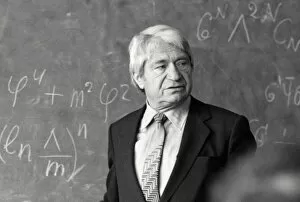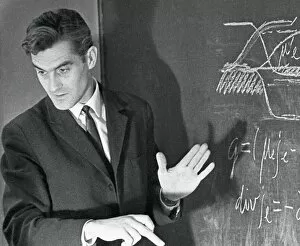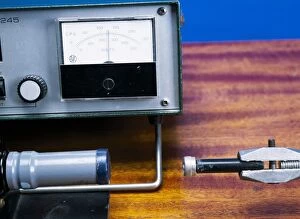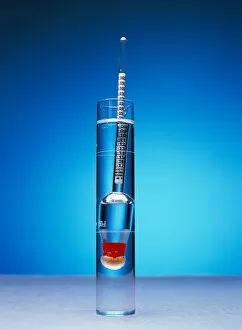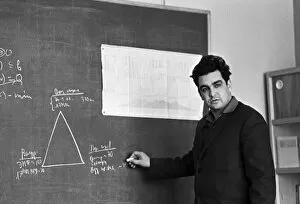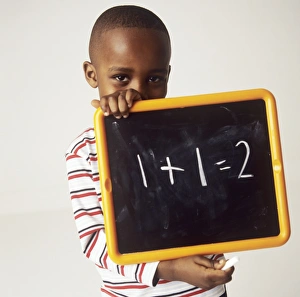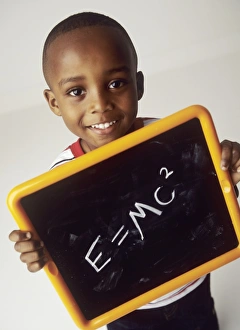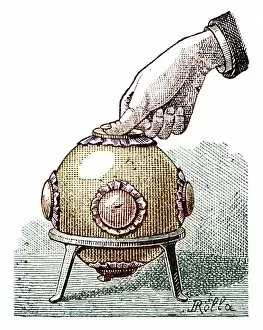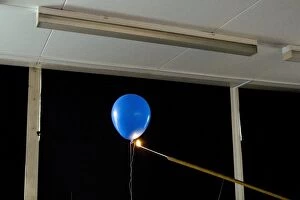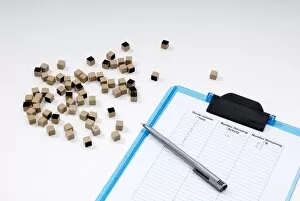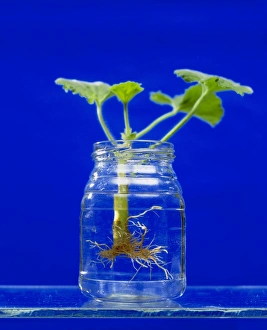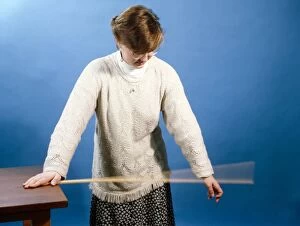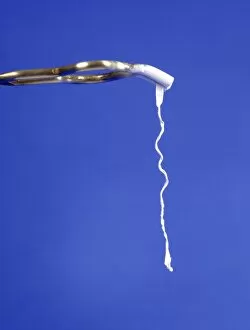Class Room Collection (page 7)
"From Medieval Hierarchy to Modern Laboratories: A Journey Through Classrooms" Step into the large classroom of Harrow School
All Professionally Made to Order for Quick Shipping
"From Medieval Hierarchy to Modern Laboratories: A Journey Through Classrooms" Step into the large classroom of Harrow School, where renowned Russian physicists Kapitsa and Androv once sat, paving their way to scientific greatness. Travel back in time to a colonial classroom in New England during the 1600s. Witness the strict discipline and rigorous education that shaped young minds in the early days of America. Explore the medieval university hierarchy, where scholars climbed the academic ladder through intense dedication and intellectual prowess. Transport yourself to a kindergarten class in the 1870s, as children joyfully engage in games that lay foundations for social skills and teamwork. Witness an engraving from a grammar school in New England during the 1790s. Experience firsthand how a dedicated schoolmaster imparts knowledge upon eager students. Enter Harrow School's prestigious 4th Form Room, where future leaders gather to expand their horizons and prepare for success on grand stages. Marvel at micrometer screw gauges and physics experiments that push boundaries of scientific understanding. These tools shape tomorrow's innovators within Victoria College's Alexandria Chemistry Laboratory. Discover Brondesbury and Kilburn High School's preparatory class, where young minds are nurtured with care before embarking on educational journeys filled with endless possibilities. In classrooms throughout history, knowledge has been passed down from generation to generation – shaping societies, fostering curiosity, and empowering individuals to reach new heights.

